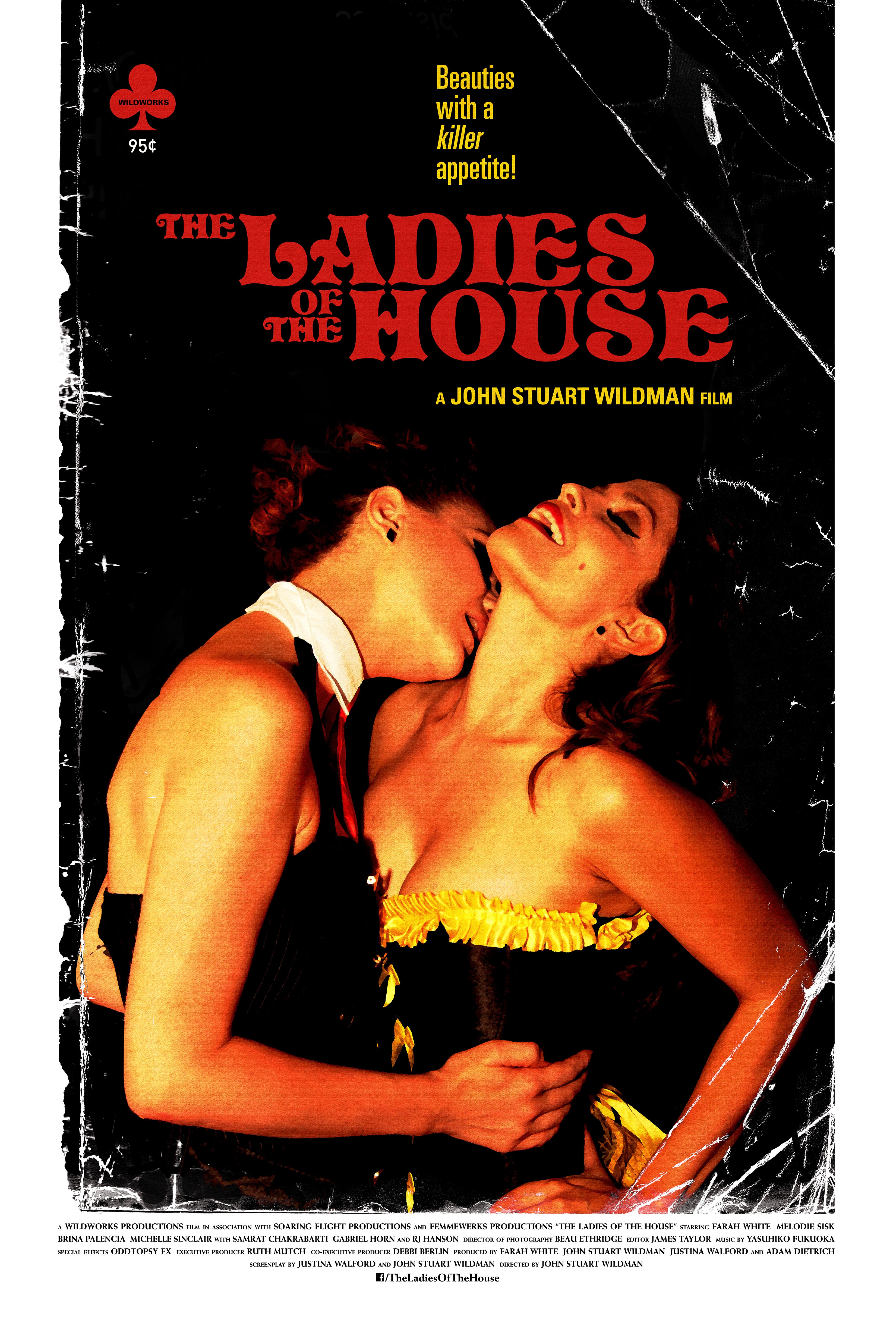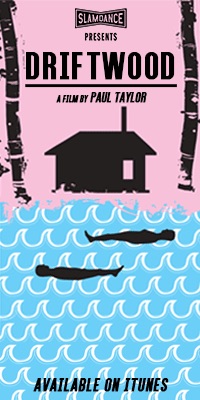The story of a musician realizing he has a lot at stake as he lives down his past in rural New Mexico might seem excruciatingly ordinary. It’s the stuff of many country songs. Unless those songs aren’t selling records, of course. Then your tour is cut short after Austin.
But the story of Cheryl Nichols’s Cortez is not ordinary, even though it’s seemingly commonplace. Though this setting seems like it’s similar to ones we’ve seen a thousand times before, in green, lush gardens — in cantinas with lively mariachi bands — await many visual surprises. The unexpected elements often pertain to deeply interrelational moments between two people who suddenly find each other. They’ll converse in a car. They’ll suddenly appear in a corner of the greenery. Another will appear on frame with a plate of bacon after stating they won’t cook any.
The overall feel of this film is best described as intimate. The visual storytelling usually renders down to how two or more people end up relating within the frame or scene. Around the dinner table, the camera moves fluidly with a set of hand gestures, easily captures a person placing meat on a plate, and expertly cuts to a meaningful glance. Much of it is so seamless the reviewer must take great pains to notice the individual moves within the scene’s flow.
When it comes down to it, Cortez is a really about family. It’s also a film about what’s transpired with one’s family members throughout the process of life. Dreams fade and the intersections of all those who were once dreaming begin to become apparent. Reality sets in. It’s not ugly though. It’s quite beautiful. It’s actually vivid.
Casting choices that also reflect writing credits in Cortez are notable in observing how this film comes to life. Arron Shiver is a believable Jesse, navigating his failing career and relationship with Anne. Her story, and as the the narrative progresses, Jesse’s story, happens to be more and more inclusive of all the family members who surround her.
The way narrative, and elements of scene are interwoven in this film is is extraordinary, and make for a satisfying sense of storytelling with few loose ends.
Written by, directed by and starred in by Nichols, Cortez is full of moments that that are true to life. Whether it’s a passionate kiss or a bit of dialogue exchanged between family members, this film feels realistic in its pacing and representation. In Cortez, absurd fights between mother and daughter over television, “breakfast cookies” and who is doing the homework mirror many every-day parenting situations one might witness. The style Nichols chose as director to portray these moments in is also unique.
Per the history of filmmaking, much of the movement associated with the free cam, that is camera jostling and the distinctive “shaky camera” style Nichols and her crew depend on in several scenes for aesthetic, began as a move signature to avant-garde cinema. It has contemporarily also transferred over from documentary styling to lend a more realistic feel to many works of cinematic fiction. It works well in this case. An abundance of immersive scenes composed to draw the viewer into a specific situation or perspective of the frame make Cortez a visual treat.
Technique is a prominent component to Cortez, which is one of several works entered in the DIFF 2017 Narrative Features Competition and is an official selection of the 2017 Slamdance Film Festival.
It’s less so a film about achieving stardom at any price, and more a film about what it means to become whole.













READER COMMENTS